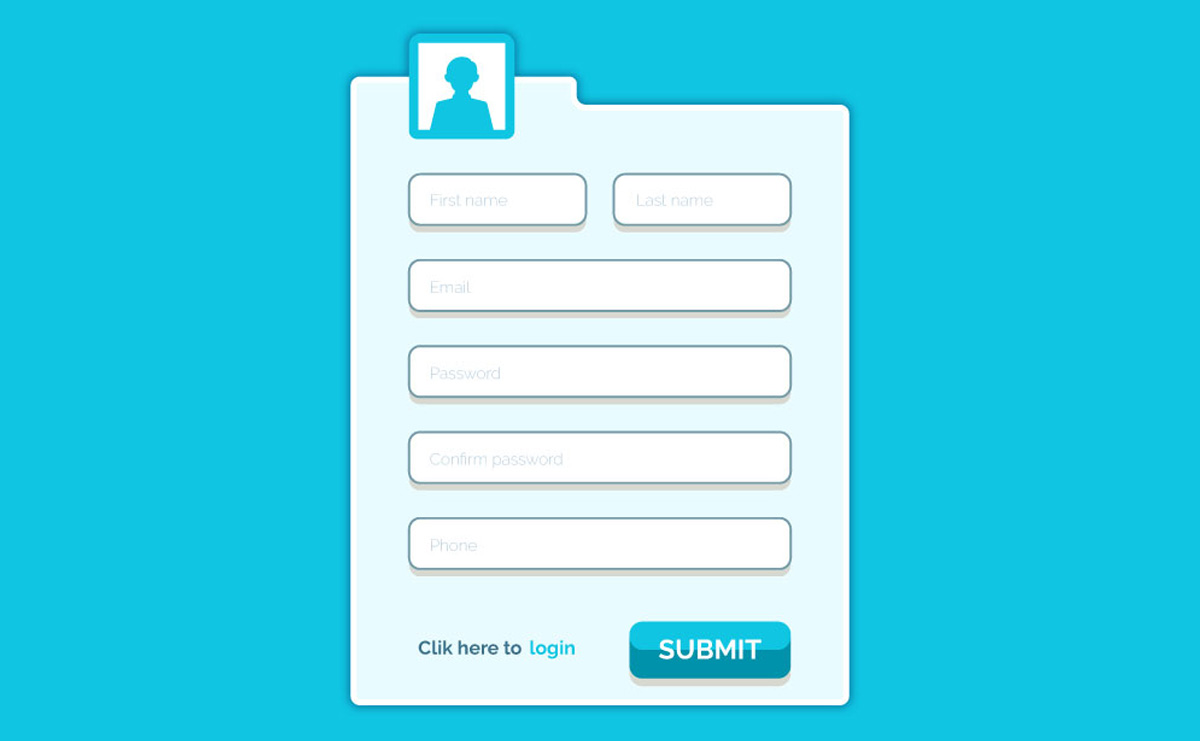Ohio Court | Legal Forms – Communication to the Court
Communication to the Court – Ohio Court
The Communication to the Court form is used for submitting communications to the Cleveland Municipal Court, specifically within the Housing Division. It is designed to facilitate the communication of various motions or notices to the court by plaintiffs or defendants involved in housing-related cases.
The form includes instructions to ensure proper service and submission, requiring signatures to validate the communication. It serves as a standardized method to document and submit information to the court, ensuring that all necessary details are included, and that communication is properly recorded and acknowledged.
The Communication to the Court form is essential for maintaining clear and formal communication with the court, particularly in legal proceedings related to housing disputes or issues.
This guide is designed to help you accurately complete the Communication to the Court form for the Cleveland Municipal Court, Housing Division.
Step-by-Step Instructions
Header
- Date: Enter the date on which you are filling out the form.
- Case Number: Enter your case number as provided by the court.
- Phone Number: Provide a contact phone number where you can be reached.
Parties Involved
- Plaintiff(s)
- Write the full name(s) of the plaintiff(s) involved in the case.
- Provide the plaintiff(s) contact phone number(s).
- Defendant(s)
- Write the full name(s) of the defendant(s) involved in the case.
- Provide the defendant(s) contact phone number(s).
Body of the Communication
- Communication Details
- Use the provided lines to write your communication to the court. Be clear and concise in your message.
- Include all relevant details pertaining to your case or the motion you are submitting.
- If additional space is needed, you may attach additional pages, but make sure to reference the attachment in this section.
Signature Section
- Signature: Sign your name to validate the communication.
- Service Clause
- Check the appropriate box to indicate how you sent a copy of this motion (regular mail or other specified means).
- Specify to whom the copy was sent:
- If sent to the plaintiff(s) or their counsel, check the box for plaintiff(s)/counsel and enter the date sent.
- If sent to the defendant(s) or their counsel, check the box for defendant(s)/counsel and enter the date sent.
- Signature: Sign again to validate that you have served a copy of the communication to the necessary parties.
Tips
- Ensure all fields are completed accurately.
- Keep a copy of the completed form for your records.
- Submit the form as per the court’s instructions, either in person, by mail, or electronically if applicable.
This guide ensures you provide all necessary information, helping to facilitate a smooth communication process with the court.
Disclaimer: This guide is provided for informational purposes only and is not intended as legal advice. You should consult the Residential Tenancies Act or a legal professional.




